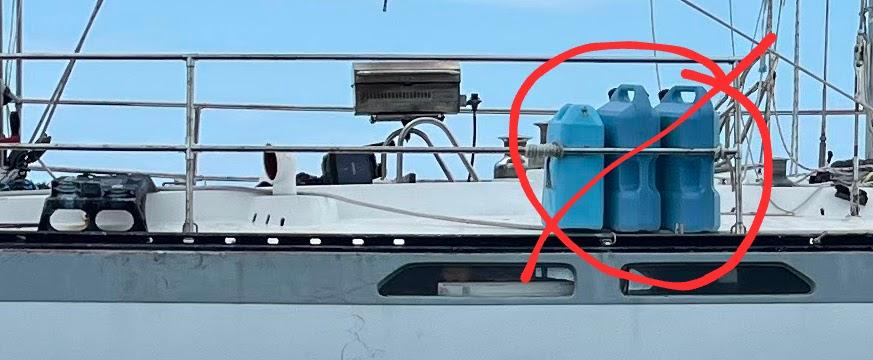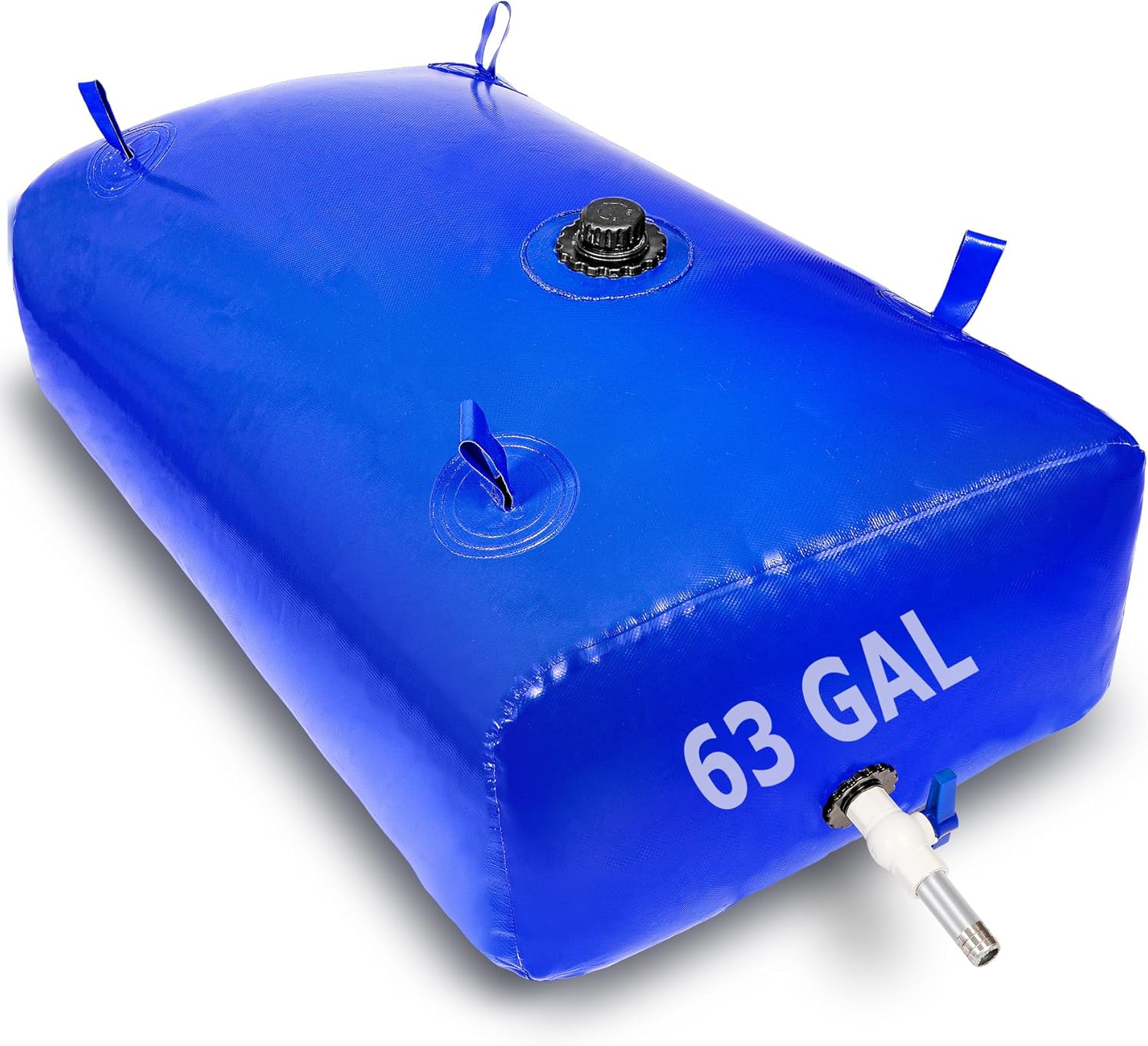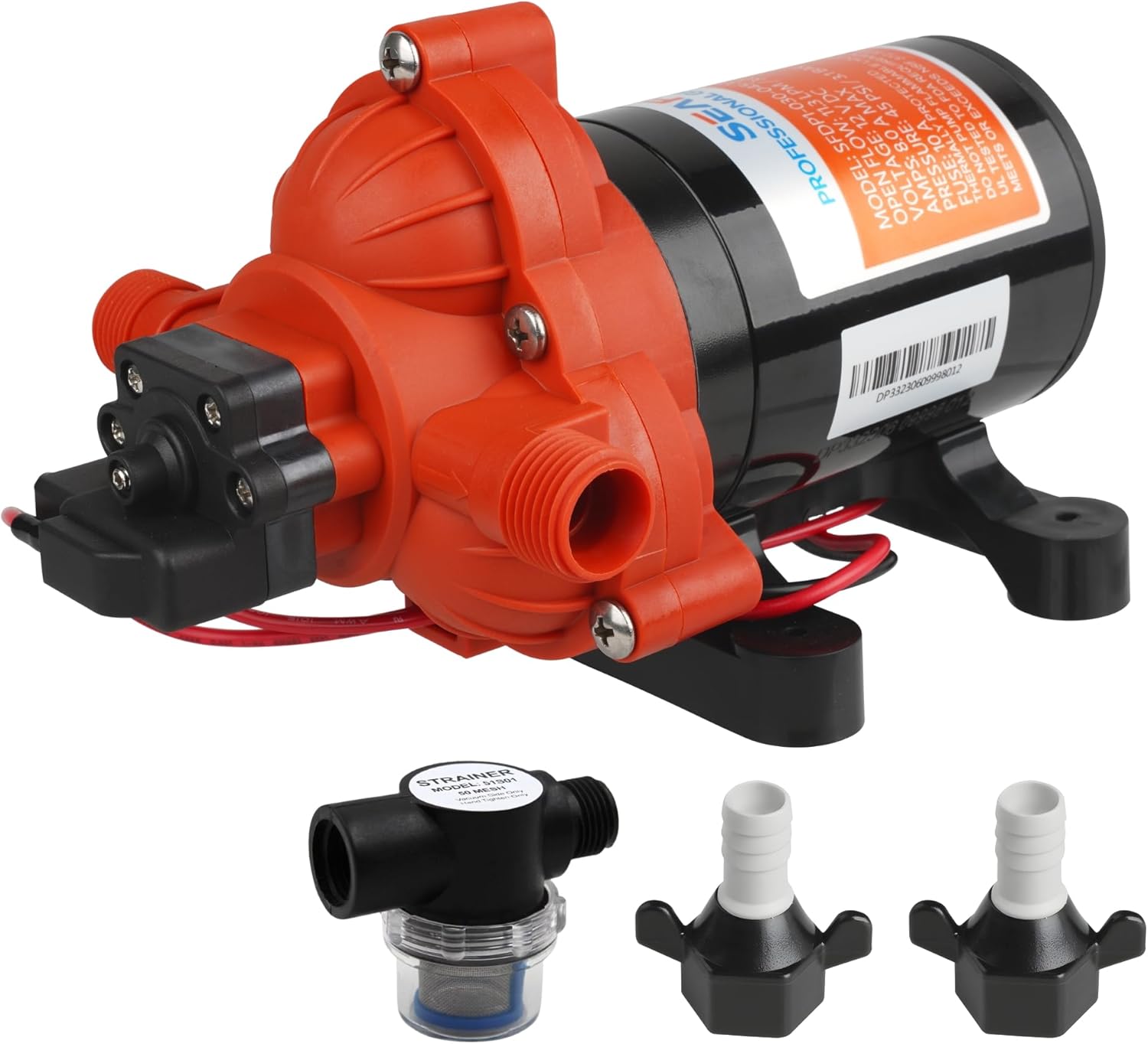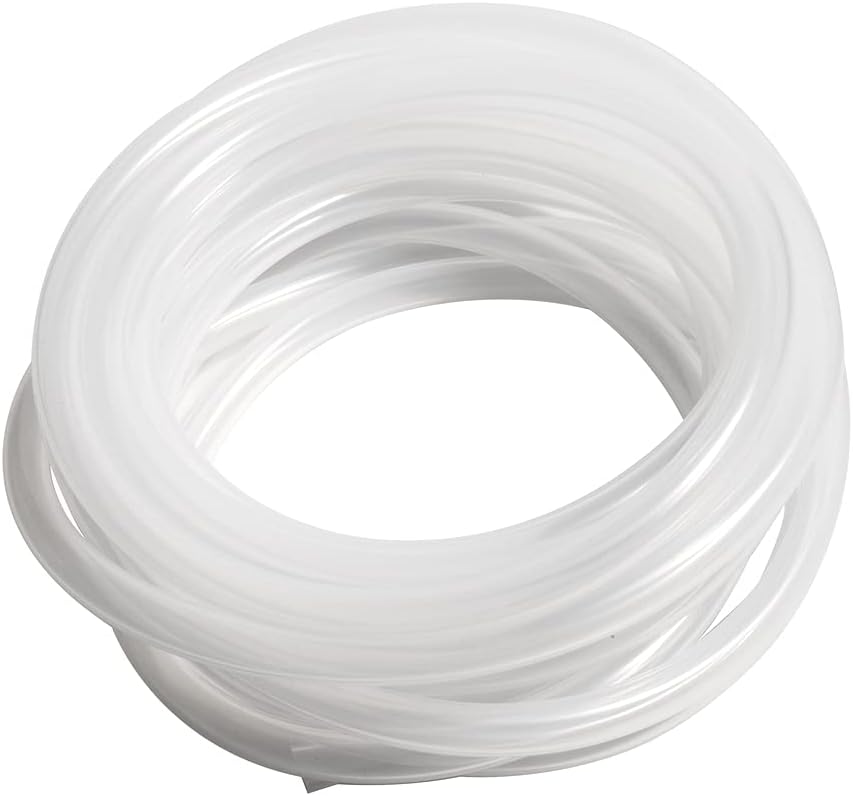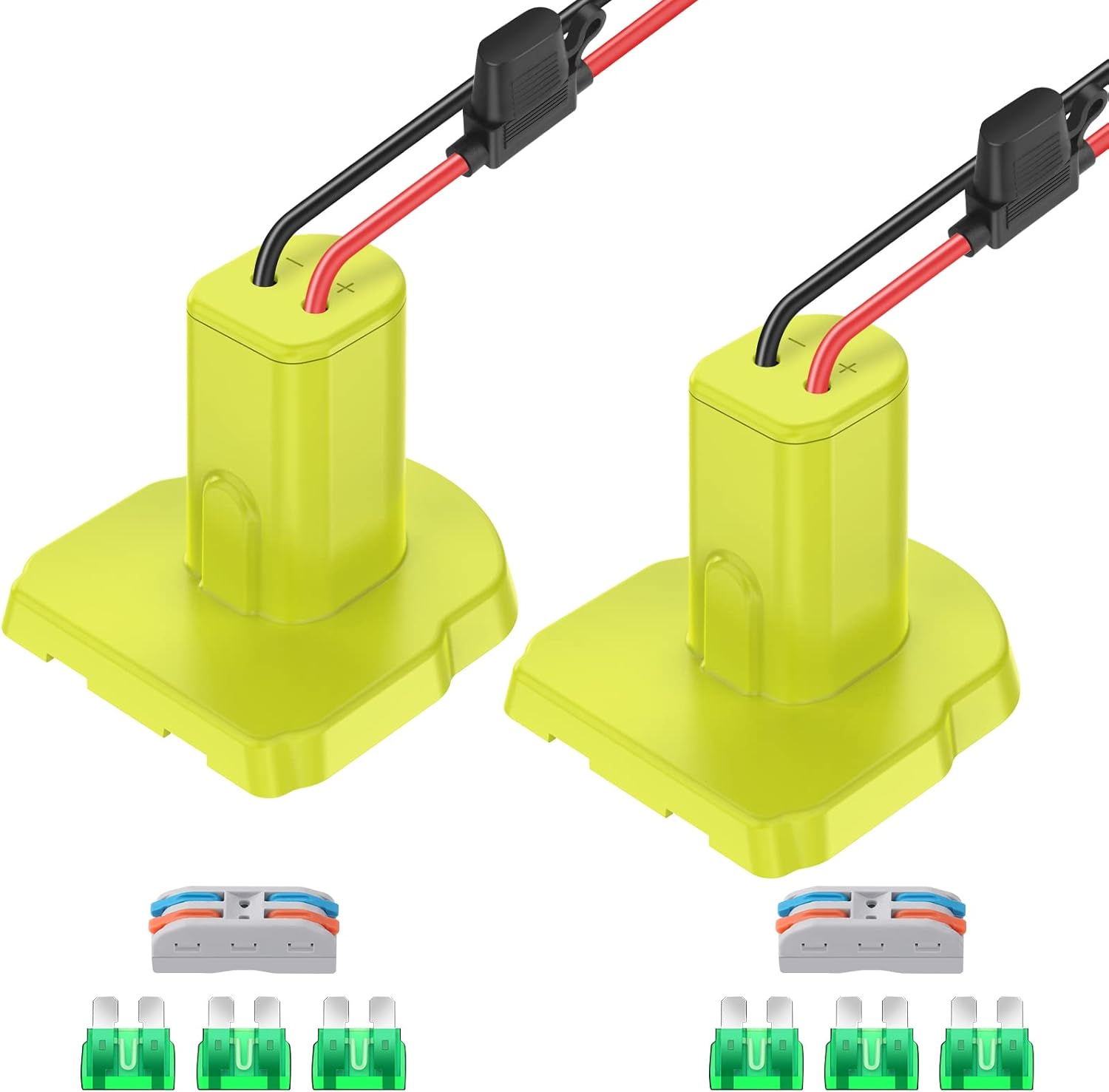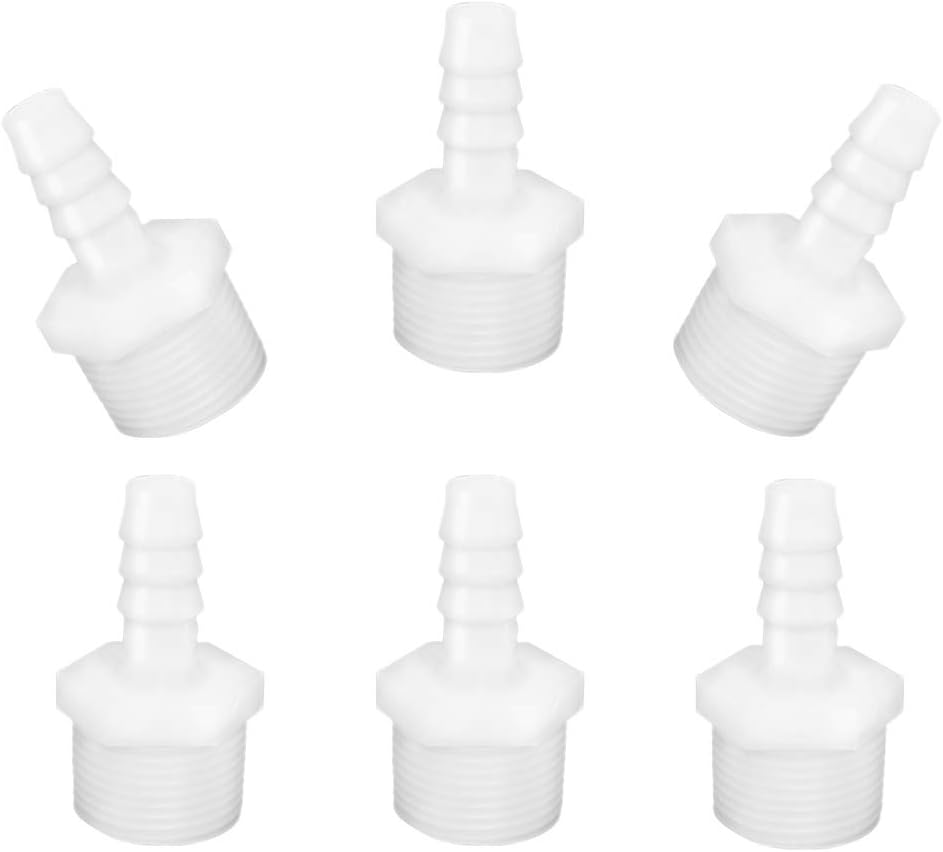Hauling Water Smarter
While on anchor, we needed fresh water. With the watermaker in pieces (and the fact that we were in the ICW around St Augustine) we needed to haul water. This was usually a solo act while I was by myself.
The worst way: I bought some water jugs - the usual on deck containers. I would haul these over to the city marina and fill them at the dinghy dock. It was free, worked ok, but on return to SV Madeye, the freeboard meant it was a perilous operation of hoisting the jugs over the rail into the cockpit. It was a good shoulder workout, but also risky as the high center of gravity when lifting could make the dinghy slide out under my feet. After that, each jug would be hauled across the deck and slowly dumped into the deck water fitting.
The better way: I created a hauling system that allowed me to carry an entire tank fill with ease! I grabbed a flexible water tank, a pump, a flexible fill hose and a cordless drill battery to run it. Voila - Fill up at the dock, then relax while pumping the water onto the boat. It works great - even on rough days thanks to the flex of the hose. Just don't expect your dinghy to get on plane with that load of water! One gallon of water weights over 8lbs, so with a 40-50 gallon fill you're planning to carry about 330 to 500lbs of water using this method. For reference, the Dinghy I've used with this is a medium sized rib with a 15hp Mercury 4 stroke on it.
There is ONE big key to this method. You want to keep the bladder in the dingy while you fill it. You can potentially roll the thing around but I can only imagine that ending in disaster. This means that you need a hose to fill this with. This isn't usually an issue but if you frequent docks without fill hoses, you may need to bring your own. That said, you might find yourself needing to haul water from a remote spigot to the dinghy - this is still doable. The bladder has a large screw top that can be opened up and then you can fill using the traditional jerry can. A siphon/transfer house may be desired at that point.
Details are below, here's a quick list of parts and costs with amazon links. (Yes I get some $ if you use these affiliate links.)
- The tank - 63 gallon version. $40
- The pump - $55
- The hose $15
- The battery adapter $15 for two
- The fittings $9 for 5
Total cost is around $110 excluding the battery.
The tank is a 63 Gallon pvc water bladder from Amazon. It happens to be the same type of bladder I purchased to replace an older one on the boat. I don't believe that it actually holds 63 gallons, but it is the perfect size for the dinghy floor.
The pump is a $55 seaflow pump. Any fresh water pump (Jabsco, etc) would work. This one is only $50 so I could burn out one each season and not really get mad at it.
The hose is $15 in silicone tubing. The silicone is clear so you can see the water flow, and it is VERY flexible. This is part of what makes this system work so well. I've had my dinghy full of water in 2-3 foot chop from wind and passing power boats. The water fill line never came loose from the motion.
The battery adapter is made for ryobi 18v batteries. They have other flavors for different brands. I happen to buy the budget friendly ryobi tools for the boat. If you like other brands, they make them. These are sold for use with power wheels in place of the lame lead acid batteries. For the boat, they work wonderfully for powering things like bilge pumps and water pumps. I tossed the quick connectors and used waterproof butt splices to wire my adapter into the pump. In general I haven't needed a switch - I just pull the battery out when I'm done.
The fittings are simple nylon 3/4 inch NPT to 1/2" barbs. One goes into the the bladder valve and a second one in the end of the silicone hose works great to anchor the hose into the fill point. This also allows air water overflow to exit on deck.
Overall this system works GREAT. The only issue I've had is that the pump battery can get wet in the dinghy. Eventually I just extended the battery cable and now keep the battery on deck. This also saves me trips down to the dinghy to swap batteries when I run them down.
In the future I'm planning to add a 12v power connector on deck for various tasks. I will probably add a switched connector for running this pump and an anderson disconnect. For now? The battery option works great. (And with the battery I could use it to drop water to a friends boat if I needed to!) So the final version will end up with a power disconnect that I can use with either a battery or deck 12v.
Finally, I'm leaning toward a cheap dive regulator bag to store the hose and pump while it's not in use.

